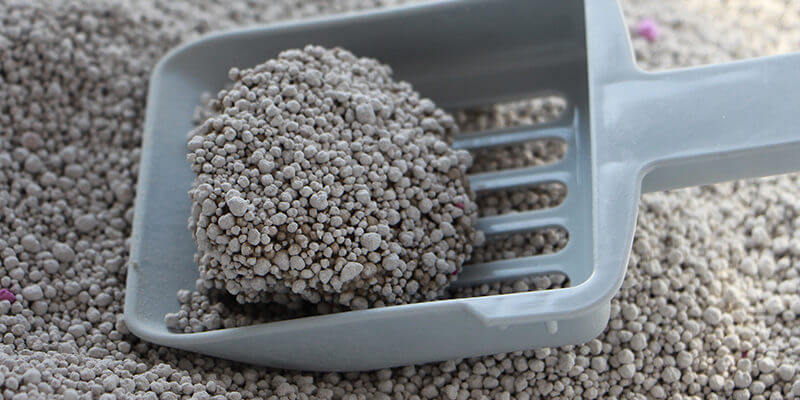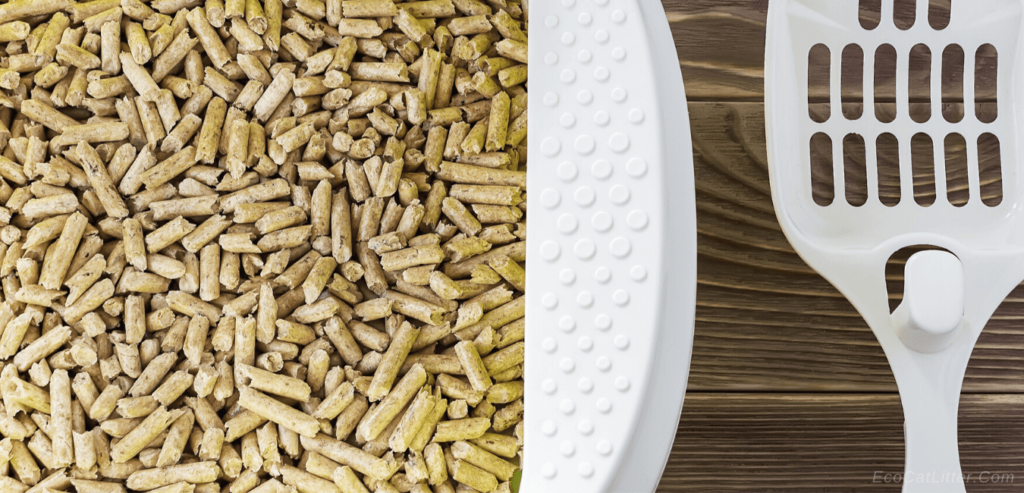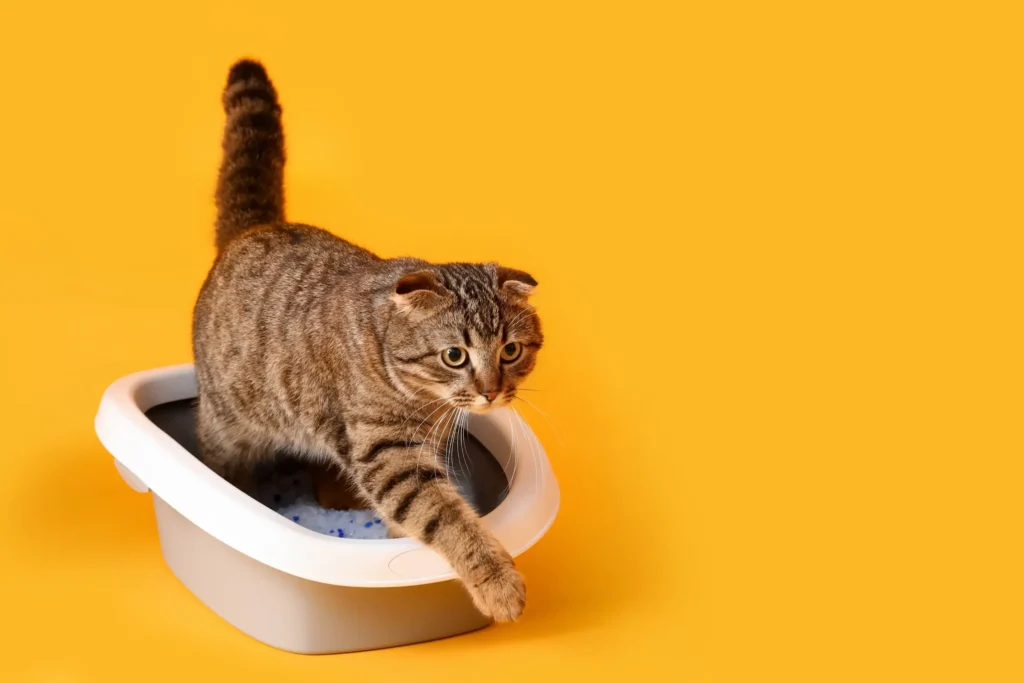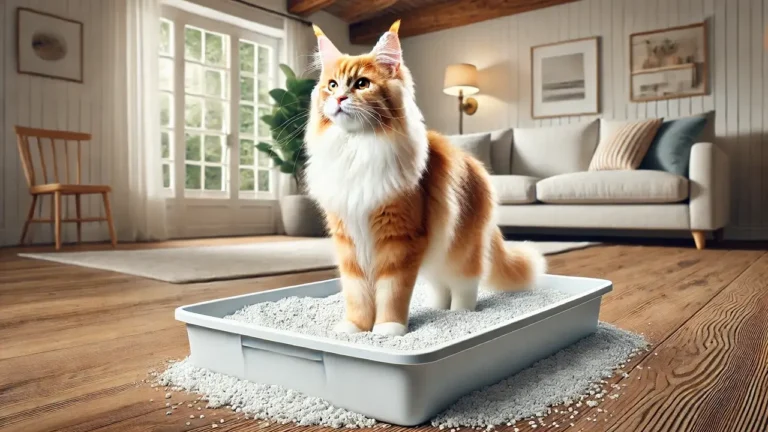Choosing the right type of litter for your cat is an important decision that can impact both your cat’s comfort and the cleanliness of your home. With so many options available, it can be challenging to decide between traditional cat litter and newer alternatives like pellets. Each type has its own set of advantages and disadvantages, and what works best often depends on your cat’s preferences and your household’s needs. In this article, we’ll explore the key differences between cat litter and pellets, including their benefits, drawbacks, and factors to consider when making your choice.
Choosing between traditional cat litter and pellets ultimately depends on your cat’s needs, your lifestyle, and your environmental considerations. Both options have their benefits and drawbacks, and the best choice may vary depending on your situation. Traditional cat litter offers ease of use and familiarity, while pellets provide a more environmentally friendly, dust-free alternative that may be better for cats with specific health concerns.
By considering your cat’s preferences, the health of your household, and the environmental impact, you can make an informed decision that benefits both your feline friend and your home. Whether you stick with traditional litter or decide to try pellets, ensuring your cat’s comfort and cleanliness will lead to a happier, healthier life for your pet.

What is Traditional Cat Litter?
Traditional cat litter has been the go-to option for many cat owners for decades. It typically comes in two main types: clumping and non-clumping, each offering distinct benefits and drawbacks.
1. Clumping Cat Litter:
Clumping litter is made from materials like bentonite clay, which forms solid clumps when it comes into contact with moisture. These clumps make it easy to scoop out urine and feces, leaving the rest of the litter clean and dry. Clumping litter is popular for its convenience, as it allows for quick and easy maintenance of the litter box.
2. Non-Clumping Cat Litter:
Non-clumping litter, on the other hand, is often made from materials like clay, silica, or other absorbent substances that soak up moisture without forming clumps. This type of litter needs to be replaced more frequently, as it doesn’t allow for the removal of urine in the same way clumping litter does. Non-clumping litter is sometimes preferred for its affordability and lightweight properties.

What are Cat Litter Pellets?
Cat litter pellets are an alternative to traditional granular litter. They are typically made from natural materials like recycled paper, wood, or corn, and are designed to be more environmentally friendly. Pellets work differently from traditional litter in several ways:
1. Wood Pellets:
Wood pellets are made from compressed sawdust or other wood byproducts. When exposed to moisture, these pellets break down into sawdust, which can be easily sifted out. Wood pellets are known for their natural pine scent, which helps mask odors, and they are biodegradable, making them an eco-friendly option.
2. Paper Pellets:
Paper pellets are made from recycled paper and are softer and more absorbent than wood pellets. These pellets are gentle on a cat’s paws and are also biodegradable. Paper pellets are often recommended for cats with respiratory issues, as they produce minimal dust compared to traditional litters.
3. Corn and Wheat Pellets:
Some pellet litters are made from natural grains like corn or wheat. These materials are biodegradable and offer good absorbency, making them another eco-friendly option. They also tend to be softer on a cat’s paws compared to wood pellets.
Key Differences Between Cat Litter and Pellets
Understanding the differences between traditional cat litter and pellets can help you decide which option is best suited for your cat and home.
1. Absorbency and Odor Control
- Traditional Cat Litter:
Clumping cat litter is highly absorbent, quickly forming solid clumps that are easy to remove. This helps control odors effectively, as waste is promptly removed from the box. Non-clumping litter also absorbs moisture, but it may not control odors as well, especially if not changed frequently. - Pellets:
Pellets are absorbent but work differently. When they come into contact with moisture, they break down into smaller particles (in the case of wood or paper) or simply swell (as with corn or wheat). While pellets can control odors, especially wood pellets with their natural pine scent, they may not be as effective as clumping litter in masking strong smells. Additionally, pellet litter needs to be sifted or changed more often to maintain cleanliness.
2. Dust Levels
- Traditional Cat Litter:
One of the common complaints about traditional cat litter, especially clay-based options, is the dust they produce. Dust can be a problem for cats with respiratory issues or allergies, as well as for the people who clean the litter box. Some brands offer low-dust or dust-free formulas, but dust remains a concern for many. - Pellets:
Pellets, particularly those made from wood or paper, produce minimal dust. This makes them a better choice for households where dust is a concern. The lack of dust also means less mess around the litter box area, as there is less material to be tracked out by your cat.
3. Environmental Impact
- Traditional Cat Litter:
Most traditional cat litters, especially those made from clay, are not biodegradable and can have a significant environmental impact. The mining process for clay can also be damaging to the environment. While there are some biodegradable options, such as those made from plant materials or recycled paper, traditional litters generally have a larger carbon footprint. - Pellets:
Pellet litters are usually made from renewable resources like wood, paper, or grains, making them more environmentally friendly. They are biodegradable and can often be composted (excluding waste). The production process for pellets tends to be less harmful to the environment, making them a greener option for eco-conscious cat owners.
4. Ease of Use and Maintenance
- Traditional Cat Litter:
Clumping litter is easy to scoop, and many cat owners appreciate the convenience of being able to remove waste daily without having to change the entire box frequently. Non-clumping litter requires more frequent changes, which can be less convenient. However, the granular nature of traditional litter may lead to tracking outside the box, creating more mess around your home. - Pellets:
Pellets require a different cleaning approach. As they break down when wet, they need to be sifted to remove the used portions. This can be more time-consuming than simply scooping clumps. However, pellets tend to stay in the box better, reducing tracking and keeping the surrounding area cleaner. Some pellet systems come with specialized sifting trays that make maintenance easier.
5. Comfort for Your Cat
- Traditional Cat Litter:
Most cats are familiar with the feel of traditional litter, and many prefer it. The fine granules can be more comfortable for cats to dig and bury their waste. However, some cats may develop sensitivities to the dust or chemicals in certain brands of litter. - Pellets:
The larger size and texture of pellets can be off-putting to some cats, especially those used to traditional litter. However, some cats, particularly those with sensitive paws or respiratory issues, may prefer the softer, dust-free nature of paper or corn pellets. Transitioning to pellets may require some patience and gradual introduction, as some cats may resist the change.

Factors to Consider When Choosing Between Cat Litter and Pellets
When deciding between traditional cat litter and pellets, there are several factors to consider:
- Your Cat’s Preference:
Cats can be particular about their litter. If your cat has been using traditional litter for years, they may be hesitant to switch to pellets. It’s essential to observe your cat’s behavior and comfort level with any new type of litter you introduce. A gradual transition, mixing the old litter with the new pellets, can help ease the change. - Health Considerations:
If your cat has respiratory issues, allergies, or sensitive paws, pellets may be a better option due to their dust-free and softer nature. On the other hand, if your cat requires a litter that is highly absorbent and easy to maintain, clumping litter might be the better choice. - Environmental Impact:
If environmental sustainability is a priority for you, pellet litter is generally the more eco-friendly choice. Consider the source of the materials and the biodegradability of the litter when making your decision. - Ease of Maintenance:
Consider how much time and effort you’re willing to put into litter box maintenance. Clumping litter is more convenient for daily scooping, while pellets might require more frequent sifting and complete changes but result in less tracking and dust. - Cost:
While traditional cat litter can be more affordable upfront, pellet litter might be more cost-effective in the long run, especially if it lasts longer and requires fewer changes. However, the initial cost of switching to a pellet system, including any specialized sifting trays, might be higher.





